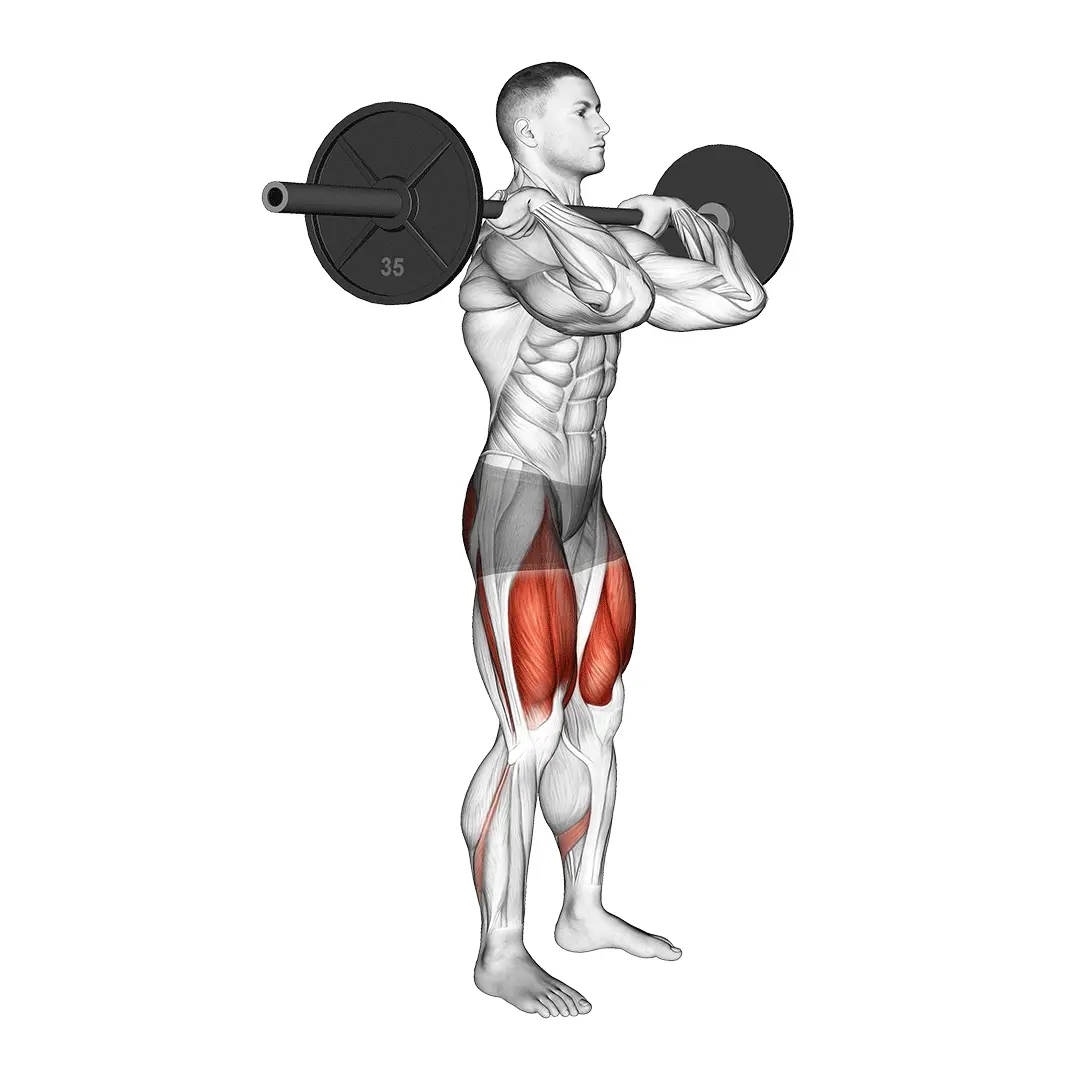How To Do A Kettlebell Sumo Squat

Muscles Involved
The kettlebell sumo squat is an effective full-body exercise that primarily targets the lower body muscles. The primary muscles involved include the gluteus maximus, quadriceps, and hamstrings. As you perform the squat, your glutes engage to help lower and raise the body, while the quadriceps work to extend the knees and provide stability. Additionally, the sumo squat emphasizes the adductor muscles, which are critical for inner thigh strength and mobility. Secondary muscles activated during this exercise include the calves for stabilization and the core muscles—which play a vital role in maintaining proper posture throughout the movement.
Top Mistakes
- Allowing the knees to extend beyond the toes, which can place undue stress on the joints.
- Rounding the back instead of maintaining a neutral spine, leading to potential back injuries.
- Not engaging the core, which reduces stability and effectiveness of the exercise.
- Using too heavy a kettlebell that compromises form, reducing the benefits of the squat.
Execution Tips
- Begin by selecting an appropriate kettlebell and standing with your feet wider than shoulder-width apart, toes angled slightly outward.
- Hold the kettlebell with both hands between your legs, keeping it close to your body for better balance.
- Engage your core by pulling your belly button toward your spine and maintain a neutral spine throughout the movement.
- Initiate the squat by bending your knees and sinking your hips back, keeping your weight distributed in your heels.
- Lower your body until your thighs are parallel to the ground (or as low as comfortable), then push through your heels to return to the starting position.
Workouts
The kettlebell sumo squat can be integrated into a well-rounded workout routine. For beginners, aim for 3 sets of 10-12 repetitions with a moderate weight kettlebell. As you progress, you can increase the weight and adjust the sets or reps to 4 sets of 10-15 repetitions for increased strength building. To complement this exercise, consider pairing it with other lower body movements such as lunges or deadlifts, or incorporate it into a full-body workout with push-ups and planks for improved overall conditioning.
Conclusion
The kettlebell sumo squat is a dynamic exercise that not only strengthens the lower body but also promotes functional movement, stability, and balance. By engaging multiple muscle groups, it enhances muscle endurance and improves athletic performance. Regularly incorporating this exercise into your fitness routine can lead to greater leg strength, improved flexibility in the hips, and enhanced overall fitness.



